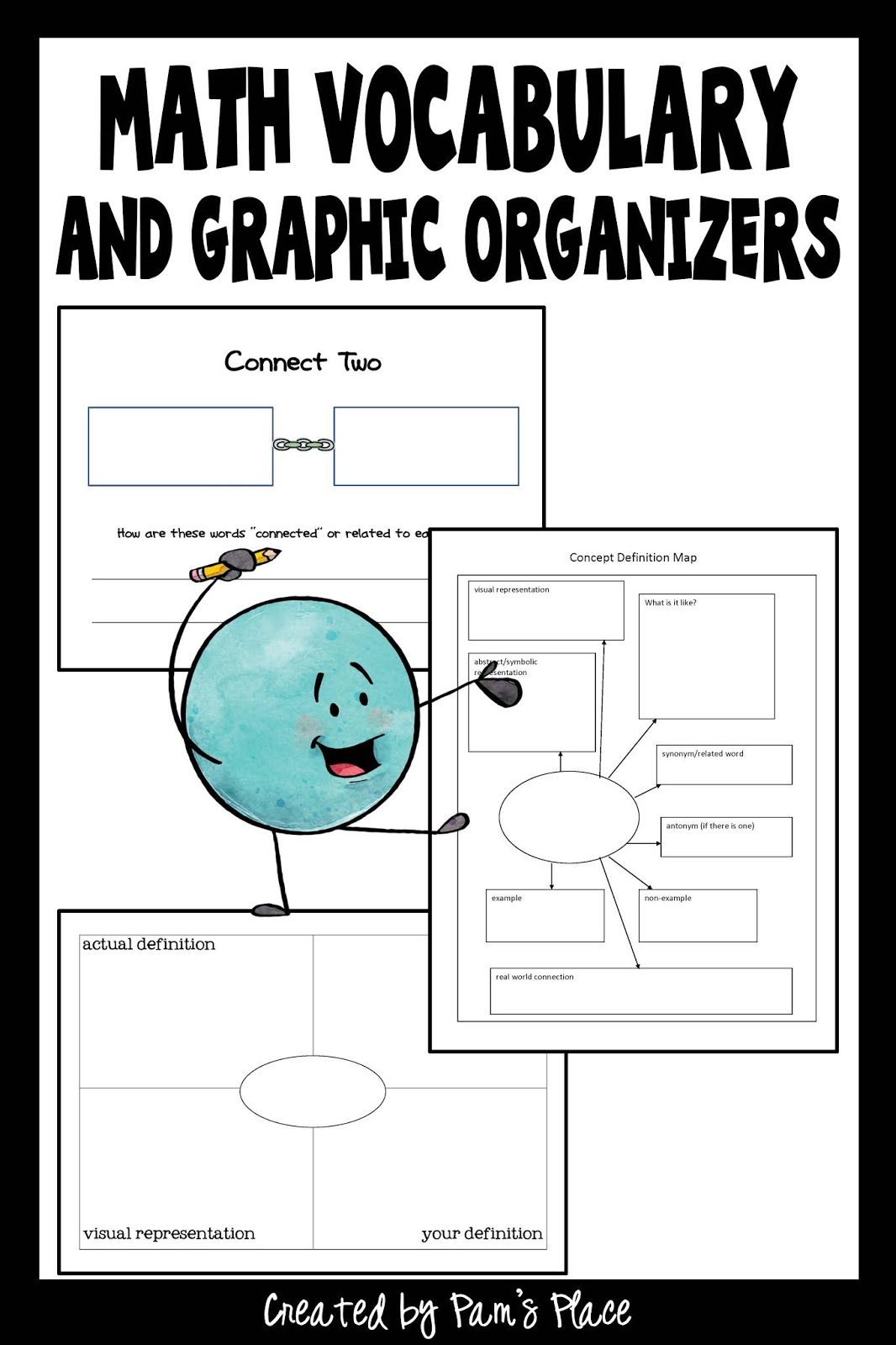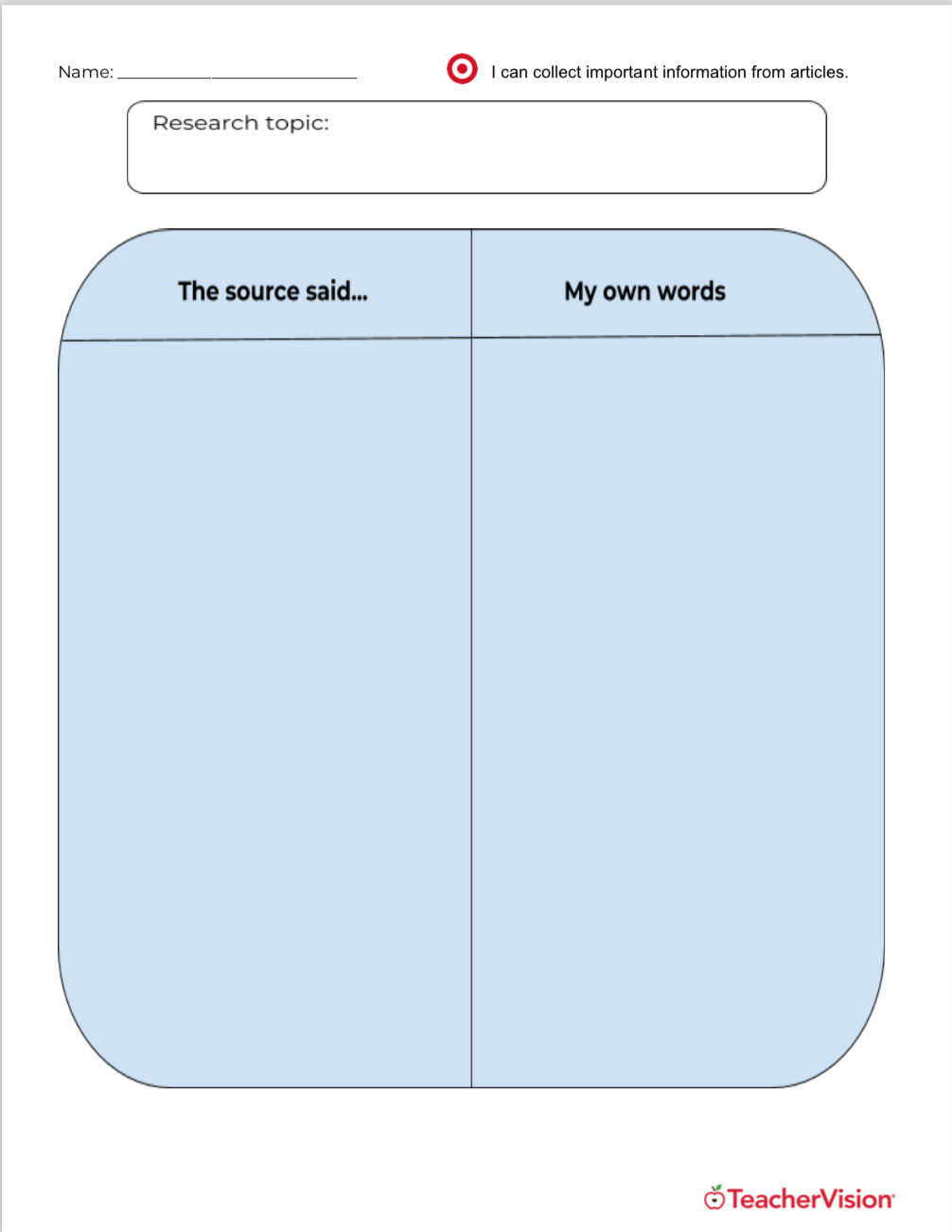

This site allows you to download, print, and make copies of over 40 different graphic organizers for use in your classroom. 50 Graphic Organizers for Reading, Writing & More. (1998). Teaching Reading in the Content Areas: If Not Me,īromley, K., DeVitis L., & Modlo, M. Guidelines for implementing a graphic organizer Theīooks Billmeyer, R., & Barton, M.

Marchand-Matella, N., Miller, T., & MacQueen, C. Teaching ideas: The four-square strategy. The Reading Teacher, 55(6), 522-525. Consistent, coherent, creative: The three c's of graphic organizers. Teachingīrunn, M. Searching for validated inclusive practices: A review of theĭescriptive Articles Baxendell, B. Grade students. The Journal of Educationalįisher, J., & Schumaker, J. Effects of graphic organizer instruction on fifth.

Using graphic organizers to attain relational knowledge from

Research Articles DiCecco, V., & Gleason. Remember to think about student abilities so that the form and complexity of the graphic organizer facilitates understanding rather than causing confusion.to "grab" students' attention/interest and make vague concepts more obvious. provide spaces with enough room to write all key information. If using as a learning or note-taking guide. Color can be used to capture interest and cue the student to key components. it must be clear, with key words and relationships identified. Empty spaces that are filled in as the presentation occurs (i.e., scaffolding) can encourage active participation by students. it must not be too cluttered, and it must be big enough for all to see (at least 24 pt font). Think about the purpose of the organizer (Is it for presenting information without much instruction, as a learning guide for students, or a guide for taking notes?). Prepare the graphic organizer (whole first, then delete for partial, and blank).Arrange information into a logical order.Lists or sequential framework, cycle diagramįishbone, cycle diagram, flow charts, matrix Some possible relationships and related graphical organizer forms are. The relationship will help you decide on the format of your graphic designer. Identify the relationship among concepts and facts.These categories have characteristics in common, while a fact can be an example or characteristic of a concept. Note that a concept typically identifies a class or category of things, ideas, or processes which fall under a big idea. Key concepts will provide the categories under the big idea, while key word/phrases provide the elements that are the most important for students to understand. Analyze the information to be taught and highlight key words and phrases.Strategies for Accessing the Social Studies Curriculum Presentation Instructional AccommodationsĬoncrete-to-Representational-to-Abstract InstructionĬreating Authentic Mathematics Learning ContextsĮxplicitly Model Mathematics Concepts/Skills & Problem Solving Strategies Specific Aids for Problem-Solving or MemorizationĬhoosing and Using Accommodations: IEP Team Considerationsįormat to Remind Teachers about a Student's Accommodation Needs Implementing The Classwide Peer Tutoring Beginning Reading Program Starting off on the right foot: Getting acquaintedĬlasswide Peer Tutoring: Beginning ReadingĬlasswide Peer Tutoring: Learning Management SystemĬlasswide Peer Tutoring: The "Standard" Program Selecting the Best Grading Adaptation for Your StudentĪntecedent-Behavior-Consequence (ABC) Chartįunctional Assessment Checklist for Teachers and Staff (FACTS)įunctional Assessment Direct Observation ToolĮmbedding Positive Behavior Support into School Systems Prioritizing Content and Related Assignments Timing and Scheduling Assessment Accommodationsīasing Part of Grade on IEP Goal Progressīasing a Grade on Improvement Over Past Performance


 0 kommentar(er)
0 kommentar(er)
